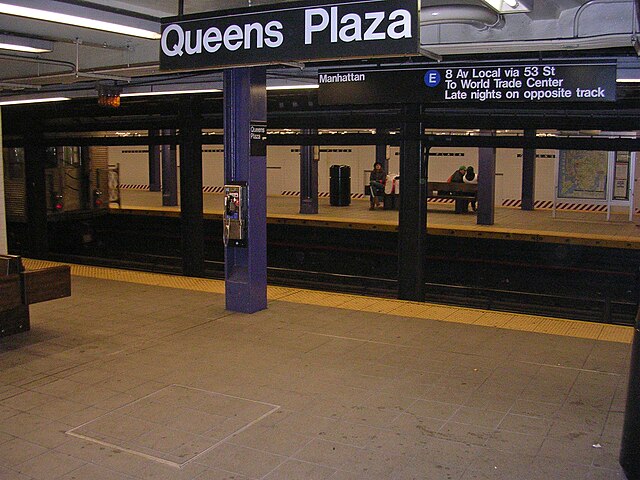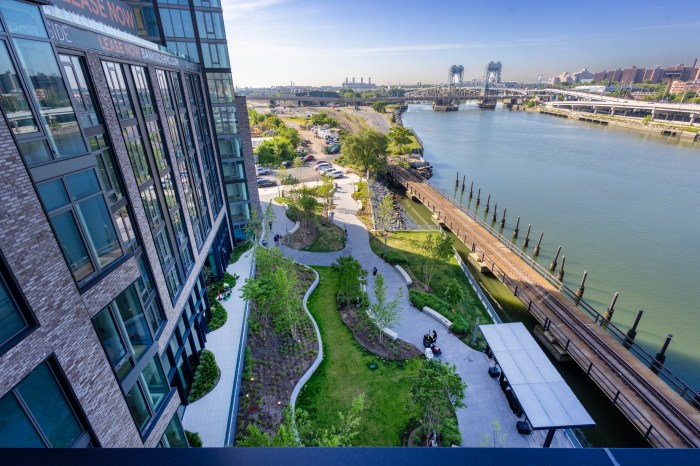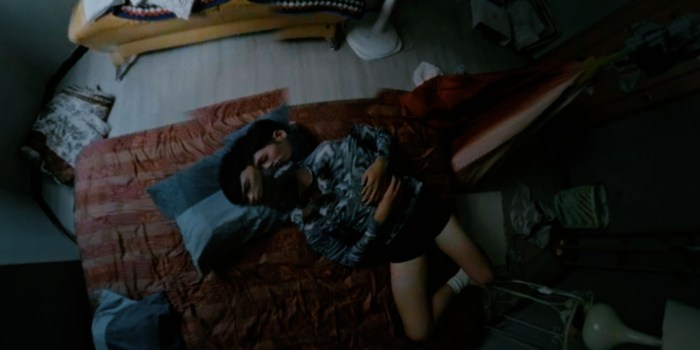For the second time in two weeks, the Bronx has received some negative media commentary.
The jab this time comes from a nationally televised right-wing pundit Glenn Beck, who in an episode of the “The Glenn Beck Show” that aired on Tuesday, January 25, compared Co-op City to a failed socialist state, insinuating that the residents are all mindless drones and the complex is a dump.
“Once you say there’s a place where everyone’s life is interchangeable, everyone then has exactly the same stuff, which sounds like these beautiful complexes,”said Beck, as a photo of Co-op City buildings appeared on a TV monitor behind him. “Do you want to live there? This is Co-op City. Oh man, this is so beautiful. That’s the great society for you, and those are the lush ones.”
Beck, who lives in a $2.4 million home in Connecticut, was very sarcastic in his comments and as a result, Bronxites and Co-op City residents are not happy with the remarks.
“I was absolutely incensed,” said Leonard Murrell, who has been living in Co-op City for about 40 years. “I’m here because it was my first step moving up in the world; from being a renter to an owner. I own my apartment. It gave me my chance at having part of the American dream.”
Borough President Ruben Diaz Jr. was also offended by Beck’s comments.
“One of our biggest challenges in the Bronx is to fight the negative image that has followed us for decades,” he said. “Every time a story like the one American Idol showed recently or a comment like the one made by Glenn Beck reaches a national audience, our borough takes a big step back in the fight against negative stereotypes.”
All nasty comments aside, there is a nugget of historical basis to Beck’s ramblings connecting the complex to progressive politics.
Co-op City, the largest cooperative housing development in the world, was established under the Mitchell-Lama legislation that offered developers tax breaks to build apartments that would be sold to the working-class at below-market rates. The famous “city within a city,” which has 35 high-rises and several townhouses, was completed in 1973 as the last of several complexes around the city that were subsidized by labor unions so workers could afford decent housing.
The model for the housing complex was pioneered by the nearby United Workers Cooperative Colony, now known as the Coops, on Allerton Avenue. These Coops were built by American socialists and radical workers, according to Joshua Freeman, a historian at the City University of New York Graduate Center.
Another example of the connection can be found on Co-op City’s street signs, many of which bare the names of famous labor activists and progressive historical figures. For instance, Debs Place was named after Eugene Debs, a union leader who ran for president on the Socialist ticket five times. Theodore Dreiser, the namesake of the Dreiser Loop, was an important progressive author and journalist. Albert Einstein, who was best known for his theories in physics, but was also politically progressive, also has a loop named after him.
However, Bronx historian Lloyd Ultan said there is a distinction, which Beck clearly missed in both his history and his assessment of the Bronx.
“It was tied in with the labor movements because they were the ones who sponsored it, but there’s no connection with the Socialist Party. When you get an apartment you buy a share in a corporation. That doesn’t sound very socialist to me,” he said. “Beck is getting this second hand information, of course. It’s like playing the old game of telephone, by the time you get to the last person, what is whispered is completely distorted and recognizable. But it sounds good to his audience in the Ozarks.”






















